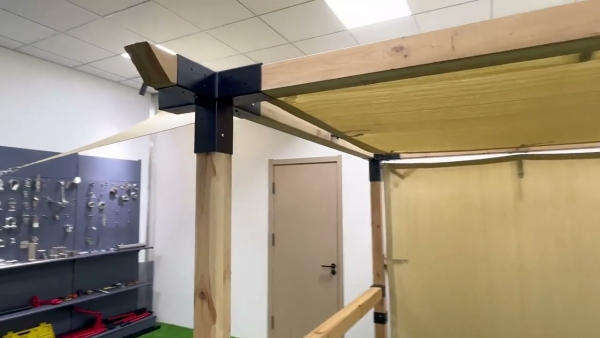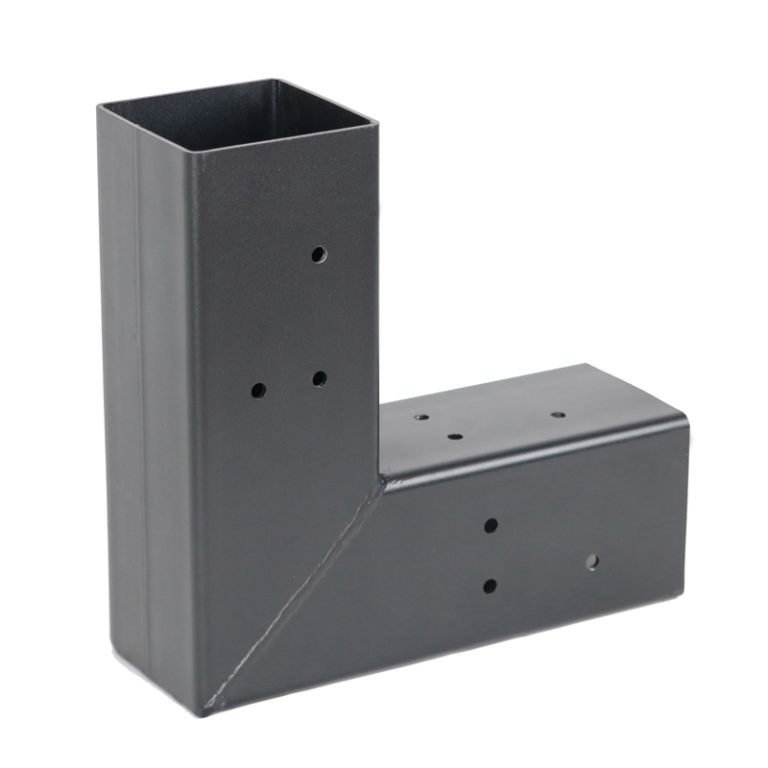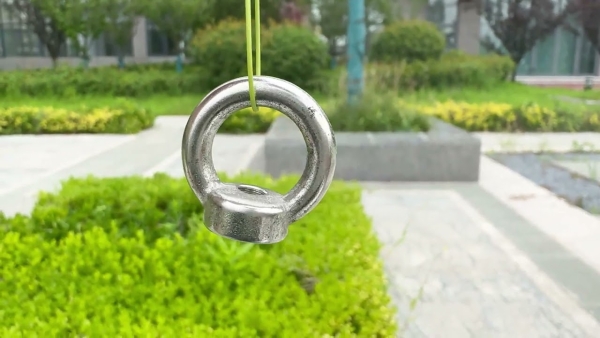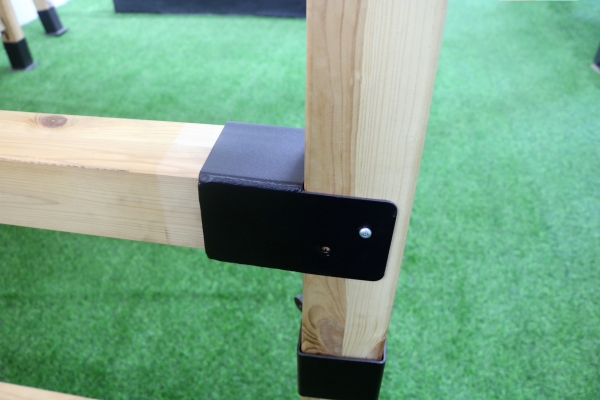Table of Contents
Heat Treatment Process for Stainless Steel Hardening
Stainless steel is a versatile and durable material that is commonly used in a wide range of applications, from kitchen appliances to industrial machinery. One of the key properties that make stainless steel so desirable is its ability to resist corrosion and maintain its strength even in harsh environments. This durability is achieved through a process known as heat treatment, which involves heating the steel to a specific temperature and then cooling it rapidly to harden the material.
The heat treatment process for stainless steel hardening is a critical step in ensuring that the material meets the required specifications for strength and durability. The process typically involves three main stages: heating, soaking, and cooling. During the heating stage, the steel is heated to a specific temperature that is determined based on the composition of the steel and the desired properties of the final product. This temperature is typically above the critical temperature of the steel, which is the point at which the steel undergoes a phase change and becomes austenitic.
Once the steel has reached the desired temperature, it is held at that temperature for a period of time to allow for the formation of a uniform austenitic structure throughout the material. This stage, known as soaking, is crucial for ensuring that the steel achieves the desired hardness and strength. The length of the soaking period can vary depending on the composition of the steel and the specific requirements of the application.
After the soaking stage is complete, the steel is rapidly cooled to room temperature to lock in the austenitic structure and harden the material. This rapid cooling process, known as quenching, is typically achieved by immersing the steel in a quenching medium such as oil or water. The choice of quenching medium depends on the composition of the steel and the desired properties of the final product. Water quenching, for example, is often used for steels that require high hardness and wear resistance, while oil quenching is preferred for steels that require greater toughness and ductility.
In addition to the heating, soaking, and cooling stages, the heat treatment process for stainless steel hardening may also involve tempering, a process in which the hardened steel is reheated to a lower temperature to reduce internal stresses and improve toughness. Tempering is an important step in the heat treatment process, as it helps to balance the hardness and strength of the steel with its toughness and ductility.
Overall, the heat treatment process for stainless steel hardening is a complex and precise operation that requires careful control of temperature, time, and cooling rate. By following the proper procedures and using the appropriate quenching medium, manufacturers can ensure that their stainless steel products meet the required specifications for strength, durability, and corrosion resistance. This process plays a crucial role in the production of high-quality stainless steel products that are used in a wide range of industries around the world.
Different Alloying Elements Used in Stainless Steel Hardening
Stainless steel is a versatile and durable material that is commonly used in a wide range of applications, from kitchen appliances to industrial machinery. One of the key properties that make stainless steel so desirable is its ability to resist corrosion and staining. This is achieved through a process known as hardening, which involves adding alloying elements to the steel to increase its strength and durability.
There are several different alloying elements that can be used in the hardening of stainless steel, each of which imparts unique properties to the material. One of the most common alloying elements used in stainless steel hardening is chromium. Chromium is a key component of stainless steel, as it forms a thin, protective oxide layer on the surface of the steel that helps to prevent corrosion. By increasing the chromium content of the steel, manufacturers can create a material that is highly resistant to rust and staining.
Another important alloying element used in stainless steel hardening is nickel. Nickel helps to improve the toughness and ductility of the steel, making it more resistant to cracking and deformation. In addition, nickel also enhances the corrosion resistance of the steel, making it an essential component of many high-quality stainless steel alloys.
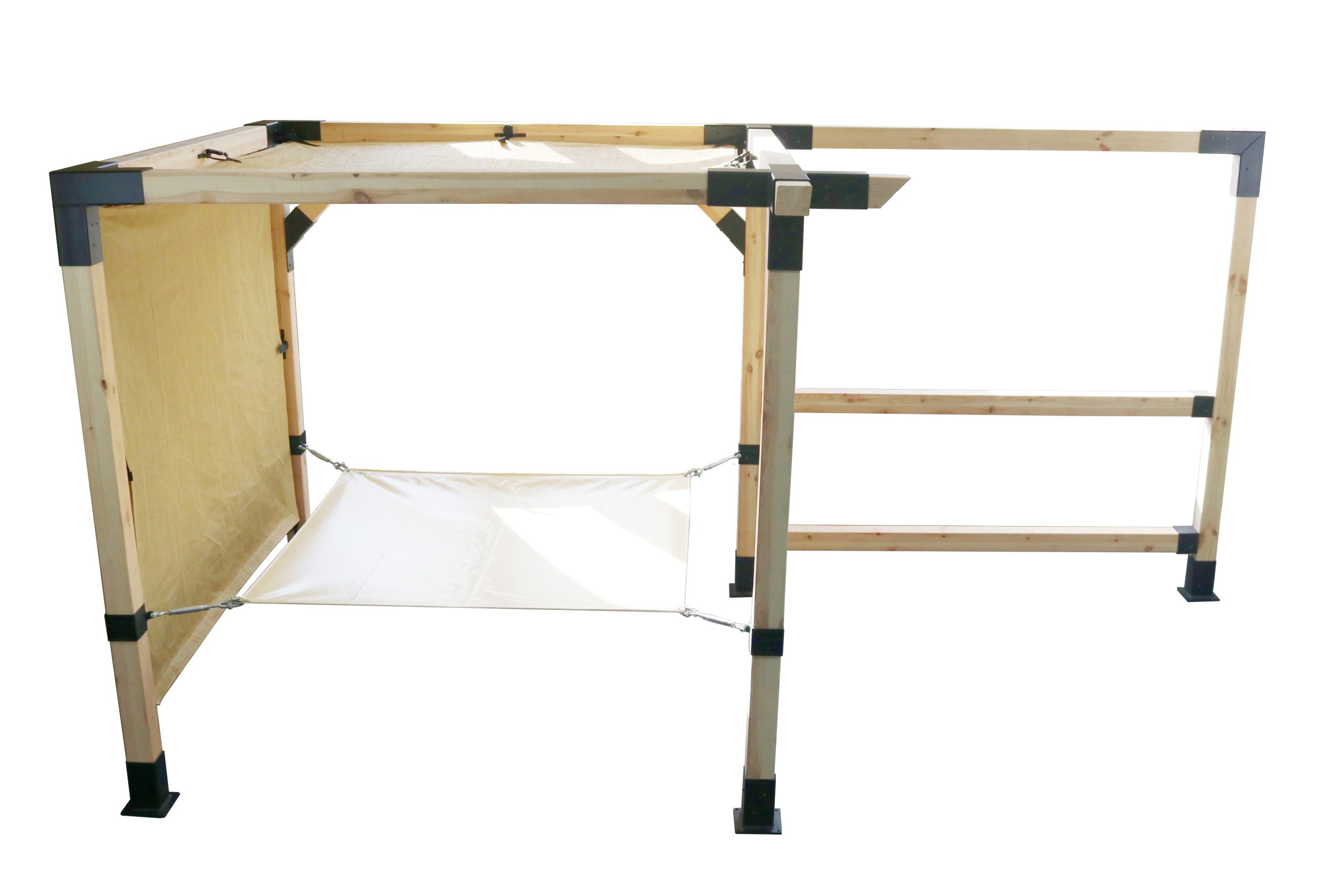
Manganese is another alloying element that is commonly used in stainless steel hardening. Manganese helps to improve the strength and hardenability of the steel, making it more suitable for applications that require high levels of durability. In addition, manganese also helps to improve the machinability of the steel, making it easier to work with during the manufacturing process.
Molybdenum is another important alloying element used in stainless steel hardening. Molybdenum helps to improve the corrosion resistance of the steel, particularly in harsh environments where exposure to chemicals or saltwater is a concern. In addition, molybdenum also helps to improve the strength and toughness of the steel, making it a valuable addition to many high-performance stainless steel alloys.
Titanium is another alloying element that is commonly used in stainless steel hardening. Titanium helps to improve the strength and hardness of the steel, making it more suitable for applications that require high levels of durability. In addition, titanium also helps to improve the corrosion resistance of the steel, making it an essential component of many high-quality stainless steel alloys.
In conclusion, there are several different alloying elements that can be used in the hardening of stainless steel, each of which imparts unique properties to the material. By carefully selecting the right combination of alloying elements, manufacturers can create stainless steel alloys that are highly resistant to corrosion, staining, and wear. This makes stainless steel an ideal material for a wide range of applications, from household appliances to industrial machinery.


